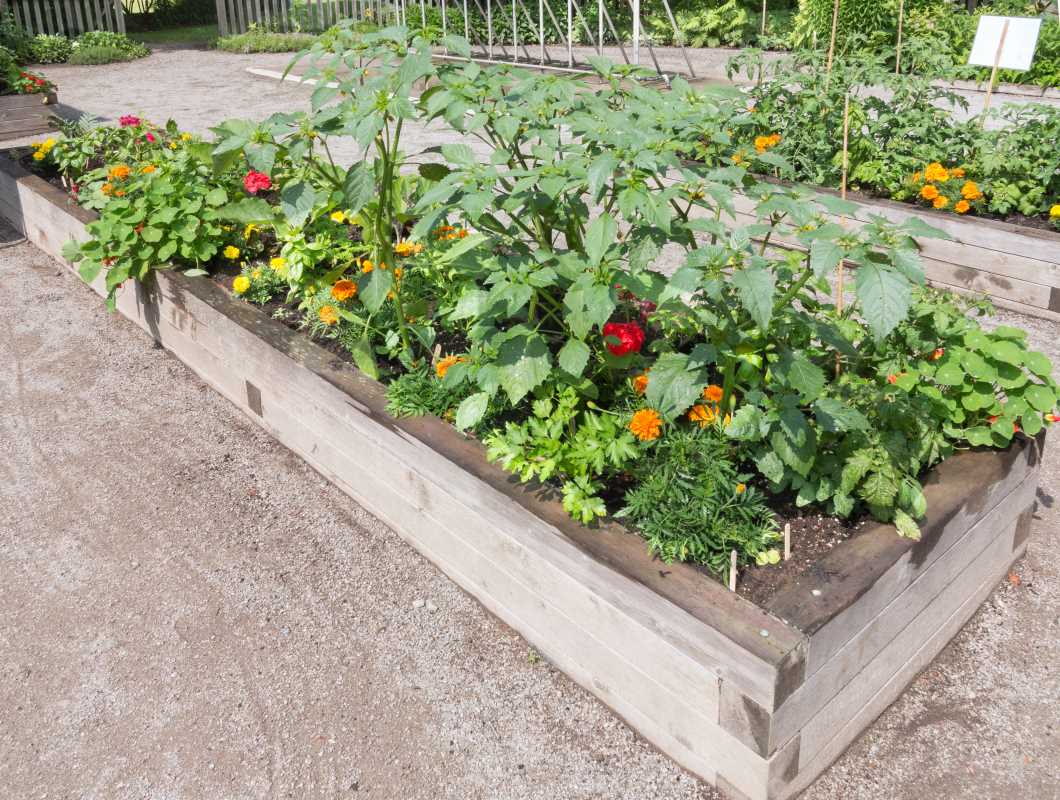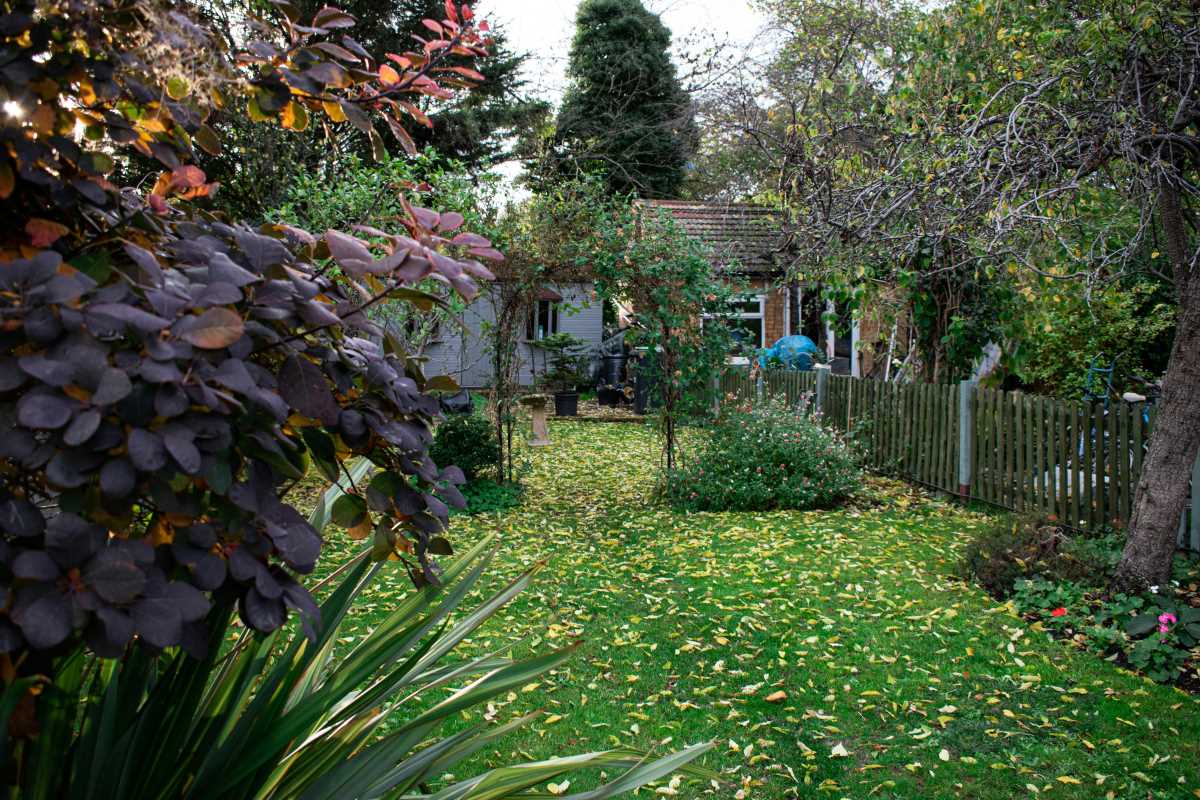The idea of a family vegetable garden often conjures romantic images of children gleefully pulling carrots from the earth, the sun dappling through lush green leaves as you fill a rustic basket with your homegrown bounty. The reality can sometimes involve more mud, a few tantrums (not just from the kids), and the existential dread of watching a squirrel make off with your single, hard-won tomato. But despite the potential for minor chaos, starting a garden is one of the most rewarding projects you can undertake as a family. It’s a hands-on science lesson, a source of incredible food, and a fantastic excuse to play in the dirt.
Embarking on this journey from scratch can feel daunting. You're not just planting seeds; you're cultivating an ecosystem, battling pests, and praying to the weather gods. But fear not. With a bit of planning and a healthy dose of humor, you can turn a patch of lawn into a productive, food-producing wonderland. This is your guide to starting that family vegetable garden from the ground up, turning "I can't keep a cactus alive" into "Look at this ridiculously oversized zucchini we grew!"
Choosing Your Battlefield
Before you buy a single seed packet or a pair of adorable tiny gardening gloves, you must choose your location. This is arguably the most critical decision you'll make, as a poorly placed garden is doomed from the start. Your primary consideration is sunlight. Most vegetables are sun-worshippers and require at least six to eight hours of direct sunlight per day. Spend a day observing your yard. Where does the sun hit in the morning? Where is it in the afternoon? That sunny spot that currently bakes the lawn to a crisp is your prime real estate. A south-facing location is often ideal.
Once you’ve identified your sunniest patch, consider its proximity to a water source. Lugging heavy watering cans across the entire yard gets old fast, especially for your small assistants. Being relatively close to a hose bib will save your back and your sanity. Also, think about visibility. A garden you can see from a window is a garden you’ll remember to care for. Out of sight is truly out of mind, and a neglected garden quickly becomes a weed sanctuary. Whether you opt for a traditional in-ground plot, raised beds, or a collection of containers, picking the right spot is the first step toward a successful harvest.
Preparing the Soil
If the location is the garden's skeleton, the soil is its heart. You can’t grow healthy plants in sad, compacted dirt. This is where you’ll get your hands dirty, quite literally. If you're creating an in-ground garden, you'll need to remove the existing sod or weeds. You can do this the hard way with a shovel and brute force, or the smart way using a method called sheet mulching. Simply cover the area with cardboard, wet it down, and pile on layers of compost, leaves, and grass clippings. Over a few months, this will smother the grass and create a rich, fertile bed.
For those using raised beds or containers, you get to skip the digging and go straight to creating the perfect soil blend. Don't just fill them with soil from your yard. That dirt is often heavy and lacks the nutrients needed for hungry vegetable plants. Instead, create a mix that will set your garden up for success. You’re looking for a combination that retains moisture but also drains well. A good recipe is a mix of topsoil, compost, and an aerating element.
- One part compost for nutrients and beneficial microbes.
- One part peat moss or coco coir to help retain moisture.
- One part coarse vermiculite or perlite to improve drainage and aeration.
This blend creates a light, fluffy, nutrient-dense home where your plant roots can thrive. Investing in good soil from the start will pay dividends all season long, resulting in healthier plants and a more abundant harvest.
Selecting Your Plant Allies
Now for the best part: choosing what to grow. The temptation is to buy one of everything at the garden center, creating a chaotic jungle of plants with different needs. Restraint is key. For your first family garden, focus on plants that are relatively easy to grow and offer a quick reward. This helps keep kids engaged and builds your own confidence. Think about what your family actually likes to eat. There’s no point in growing a bumper crop of kale if everyone detests it.
Start with a mix of things that are fun to pick and eat right off the vine, like cherry tomatoes and sugar snap peas. Radishes are another fantastic choice for beginners because they grow incredibly fast, going from seed to harvest in about a month, perfect for short attention spans. Zucchini and summer squash are famously prolific, often to a comical degree, giving you a real sense of abundance. Herbs like mint, basil, and parsley are also easy to grow in pots and are great for sensory learning. Let the kids have a say in the selection process. When they feel ownership over the "their" tomato plant or carrot patch, they are far more likely to stay invested in the project.
The Art of Planting and Nurturing
With your plot prepared and your plants chosen, it’s time for the main event. Planting day is an exciting milestone. Pay close attention to the instructions on your seed packets or plant tags. They provide crucial information about planting depth, spacing, and timing. Spacing is particularly important; it might look sparse at first, but those tiny seedlings will grow, and overcrowding leads to competition for sunlight, water, and nutrients, ultimately stunting your plants. Use a string line to make straight rows for a tidy look, or just embrace a more free-form, cottage-style layout. This is a great job for kids, let them poke holes in the soil and drop the seeds in.
Once your seeds or seedlings are in the ground, your role shifts from builder to caretaker. Your main jobs are watering, weeding, and watching. Water deeply and consistently, preferably in the morning so the leaves have time to dry, which helps prevent fungal diseases. Weeding is the garden chore nobody loves, but it's non-negotiable. Weeds are ruthless competitors, and you must vanquish them. Try to make it a game or a daily five-minute ritual to keep them from getting out of control. Most importantly, spend time in your garden. Observe your plants. Notice the new growth, the first flowers, and, yes, the first signs of trouble from pests.
Reaping the Rewards (and Lessons)
Harvesting is the glorious culmination of all your hard work. There is a unique and profound satisfaction in picking a sun-warmed tomato you grew yourself and eating it right there in the garden. This is the moment where the magic becomes real for kids. Teach them how to harvest gently, using scissors for things like beans and peas to avoid damaging the plant. Celebrate every single vegetable, no matter how small or oddly shaped. That lumpy, three-legged carrot is a trophy.
Not everything will be a success, and that’s okay. A plant might fail to thrive, a pest might decimate your lettuce overnight, or you might forget to water for a week during a heatwave. These aren't failures; they're learning opportunities. Gardening teaches resilience, patience, and the undeniable fact that you can't control everything. It teaches that food doesn't magically appear in the grocery store. It takes time, effort, and a little bit of luck. The real harvest from a family garden isn't just the vegetables, it's the shared experience, the connection to nature, and the memories you cultivate along the way.
 (Image via
(Image via




